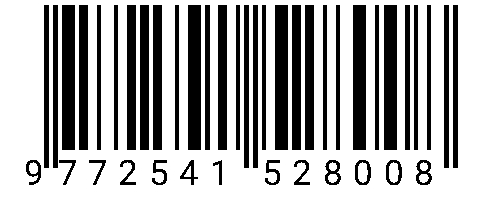KLASIFIKASI KABUPATEN/KOTA DI INDONESIA BERDASARKAN TINGKAT KEDALAMAN DAN KEPARAHAN KEMISKINAN MENGGUNAKAN NAÏVE BAYES CLASSIFIER DAN K-NEAREST NEIGHBOR
DOI:
https://doi.org/10.34151/prosidingsnast.v8i1.4181Keywords:
K-nearest Neighbor, Naïve Bayes Classifier, Poverty Depth Level, Poverty Severity LevelAbstract
Poverty is a complex problem, because it involves many other fields. Indonesia as a developing country with 514 districts/cities so far has not been able to solve the problem of poverty. The poverty level can be seen from the value of the poverty depth index and the poverty severity index. It is necessary to classify it, to find out which districts/cities have a high or low poverty rate seen from the two index values. The poverty rate can also be influenced by several factors such as the number of poor people, the percentage of poor people, adjusted per capita expenditure, and the average length of schooling. In this study, the classification is carried out using the Naïve Bayes Classifier and K-nearest Neighbor methods. Both methods are carried out by dividing the training data and testing data by 60%: 40%, 70%:30%, and 80%:20%. In addition, samples were randomized using the functions set.seed(6), set.seed(99), and set.seed(123). In K-nearest Neighbor using the number of neighbors k = 3, k = 5, k = 7, and k = 9 with Euclid distance and Manhattan distance. The results of the analysis with both methods obtained that the Naïve Bayes Classifier method is better used than the K-nearest Neighbor. The results of the highest average accuracy on the poverty depth index and poverty severity index occur in the data splitting of 60%: 40% with an average accuracy of 89.47% and 87.80%, respectively.
Downloads
Published
Issue
Section
License
Copyright (c) 2022 Yudi Setyawan

This work is licensed under a Creative Commons Attribution 4.0 International License.







